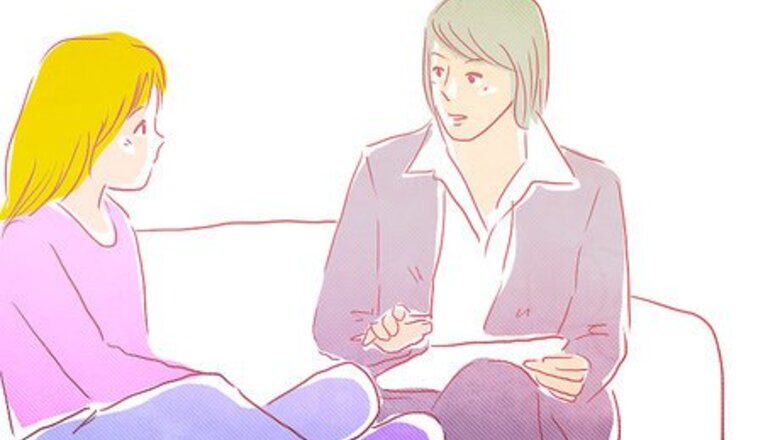
views
Preparing for the Program

Convene a team of adults that are aware of the maladaptive behavior whenever it occurs. Include a licensed professional counselor, psychologist, or similar either to help develop the plan, or to act as a consultant. Consider whether the behavior is maladaptive or different. An autistic child flapping her hands is harming no one, and can choose for herself whether to fit in. An autistic child hitting her head or screaming in class is causing harm.
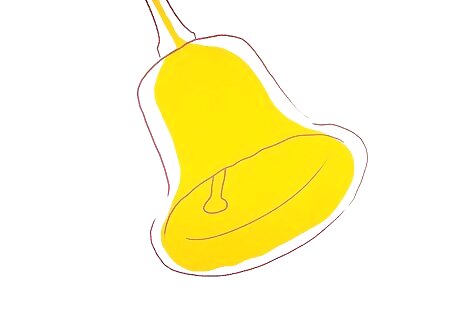
Have the team observe the antecedents and consequences to the behavior. Compare all records to see if any patterns emerge. If possible, ask the student about it. For example, "Why did you throw that?" or "Why were you hitting your head this morning?" For example, a bell rings 80% of the time before Anisha throws herself on the ground and screams. It would be reasonable to suggest that the bell may be upsetting her. For example, when Jordan throws a tantrum, his father will give him a lollipop to quiet him for a while. Jordan learns that if he throws a tantrum, he will get a lollipop.
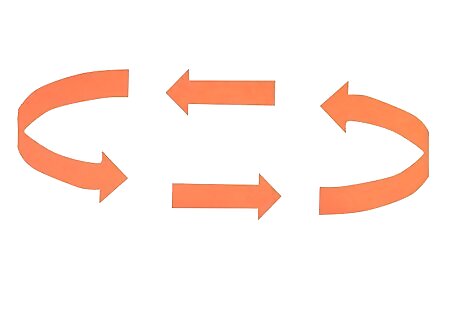
Change antecedents or consequences. If there is a pattern, this may eliminate the target behavior without a formal modification plan. For example, give Anisha warning before the school bell rings so that she can cover her ears. Without the startling loud noise, she may stop pitching herself to the floor and screaming. For example, Jordan's dad stops giving him candy when he throws a fit. Instead, he instructs Jordan on ways to calm himself, and encourages him to ask for what he wants using his words or his tablet. In time, Jordan throws fewer tantrums, and asks for food when he wants it. If this works, stop here. If not, and there is no pattern, continue on.

Keep ethical considerations in mind. There is evidence that behavioral modification can do psychological damage when it is done badly. Being overly controlling through behavior modification can do lasting harm. Recognize that behavior can be communication. If you squash communication, then the child learns that they must suffer through their problems in silence. A child who acts out may be dealing with a serious problem. Always allow a child to reinforce personal boundaries. Children have the right to refuse hugs, kisses, eye contact, or any form of touch. If they are trained to comply whenever adults want to touch them, this makes it easy for pedophiles to take advantage of their compliance. Never deny a child access to items that meet physical or emotional needs. Children should be able to access food, water, restrooms, comfort items, and time to calm down when needed. Nor should they be physically restrained, or locked in "calm down" rooms against their will. Never do any form of punishment that causes pain or fear. For example, it is always unacceptable to hit a child or make them taste something disgusting as a punishment. Children should be allowed to be themselves. Quirky-but-harmless behavior (like fidgeting or lack of eye contact) should not be modified.
Implementing the Program

Begin the plan with a well-thought out, person-specific list of rewards. A reward should be in addition to the things they already enjoy. For example, it could mean buying a new song for a preteen who loves music, or getting a new game for a girl who loves games, and letting her have 30 minutes of time with the special game as a reward. Do not restrict access to something that the person could previously access freely. For example, it would be punitive to restrict a girl's access to a game that she used to be always able to play during her free time. Consider ethics. Access to food/water, relaxation time, or things they love (e.g. their teddy bear or their books) should not be dependent on their performance.
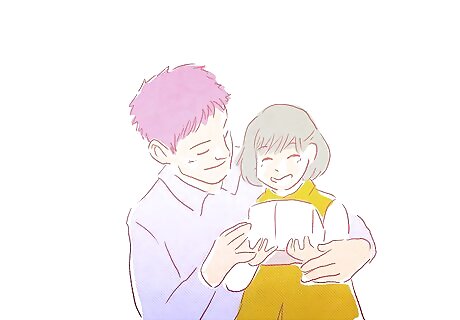
Create a behavior modification plan. Full team input is required as each member may have picked up on an important aspect of the behavior. Example: If X behavior occurs, Johnny will not earn a point that hour towards the attaining the reward he wants. When Johnny does not engage in the behavior, he earns the point and moves closer to his reward. Johnny has earned all points necessary for the reward by not engaging in the target behavior. Immediately provide him with the reward.

Begin with a small to moderate reward. This way, if the reward does not work, one can offer a larger reward. (If one starts with the largest reward and it does not work, then there is nowhere to go.)
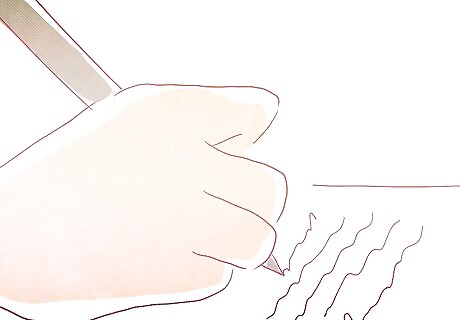
Ensure that all members chart and record. Input and feedback from all members is important for evaluating and adjusting the program. Encourage compassionate firmness. The student's unhappiness will not change the plan, but that does not mean they will be denied an empathetic response. Encourage members to validate the student's feelings and help them cope with stress. Listen carefully to members' concerns.
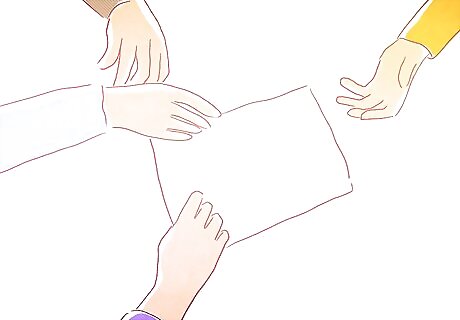
Review progress. Meet regularly with the full team and professional to review all data, interpret it, and make modifications when necessary. Behavior escalation is normal early on. The child or patient tries harder, thinking that they will get the old response if they continue. This means that the plan is targeting the correct behavior. This can be alarming, but it will fade if one continues with the plan.
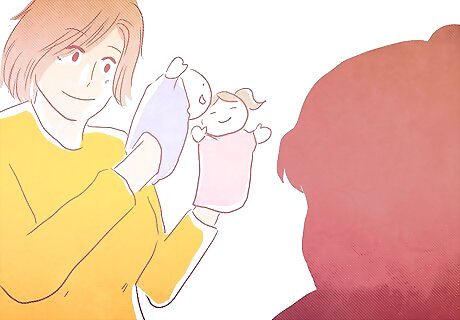
Present alternate behaviors. Show the child/patient some examples of what they must do to get the reward. Be specific. The student needs to know exactly what behavior is being addressed, what they can do instead, and why they should (both in terms of reward, and why the alternate is better). Role playing can be helpful.

Meet with the team regularly. This is how the team can decide if the alternate behavior is being used. As a team to decide when the alternate behavior, or modified behavior has been in place long enough to begin a fade out of the rewards. In "fading out" the rewards may come less frequently, or take more points to earn. The goal is eventually to have natural supports take over.

Add natural reinforcers as the reward is being faded out. This is a way of managing to reinforce the new behavior without being as dependent on a reward. "Good Job", a hug, a high five, and spending more time together can all be examples of this.
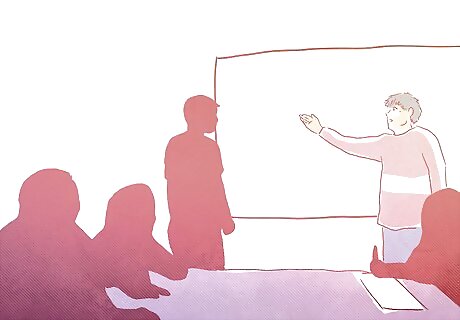
Call the team together one last time. This is done when the program has achieved its goal.
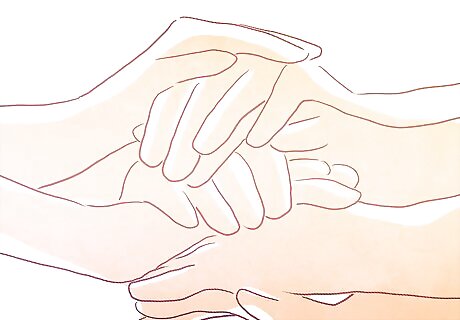
Thank the team and to gather all work they have done. All notes, charts, and data should be saved for use as a template for behavior modification that has worked for this individual.










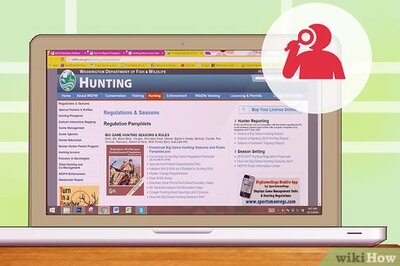




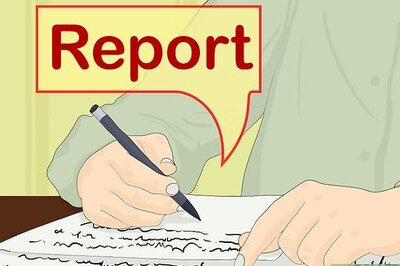

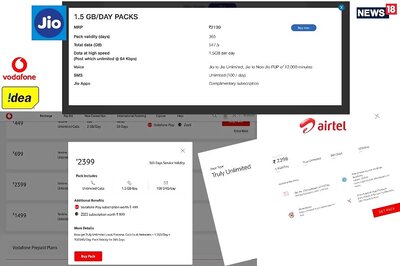
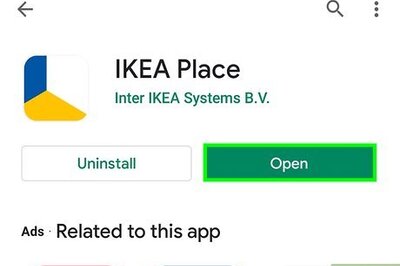

Comments
0 comment